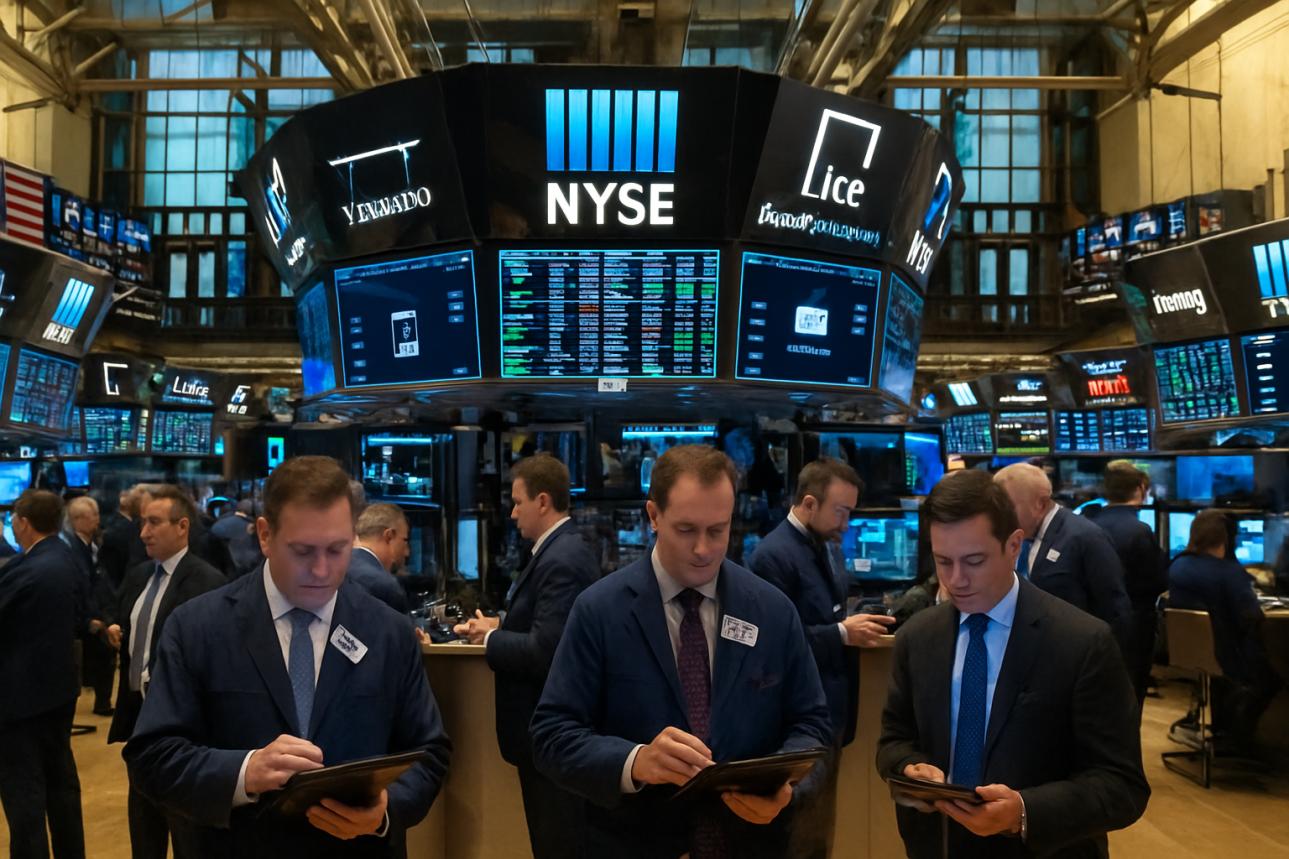
According to a recent report by Reuters, Wall Street has witnessed a significant correction recently, with technology stocks and chip stocks leading the decline, triggering a synchronized shake-up in global markets. This round of decline was not triggered by a single deterioration in fundamentals, but rather seemed more like the combined effect of valuation corrections and the concentrated release of market sentiment. For a long time, the market's valuation of high-growth technology companies has relied on the assumption that future profits will be realized at a high speed. When short-term profits or outlooks fail to fully match market expectations, capital rapidly revalues expectations, leading to an amplifying price pullback. In this incident, the target with the most significant valuation expansion over several years was the first to be hit. Its after-hours decline demonstrated investors' zero tolerance for the gap between "expectations and reality".
The collective decline of the technology sector has revealed two deep-seated problems. One is the fragility of the valuation structure: when asset prices are highly dependent on growth expectations and market sentiment rather than current cash flow and profitability, any exogenous uncertainty may trigger a rapid adjustment. The second is the homogenization of the market participation structure - passive funds, quantitative strategies and emotion-driven retail investors work together, amplifying the contagiousness of fluctuations. Especially the extensive holdings of passive index funds have led to the selling pressure of individual heavyweight stocks rapidly spilling over to the entire index, thereby triggering an increase in systemic risks.
From a macro and liquidity perspective, such adjustments also indicate the sensitivity of the monetary and interest rate environment to valuation. In a low-interest-rate environment, the discounted value of future cash flows is overestimated. Once interest rate expectations rise slightly or risk premiums increase, the value of long-term growth stocks is significantly eroded. Therefore, any subtle signals from the current market regarding the interest rate path and the central bank's stance could serve as the trigger for a valuation correction. In this environment, investors ignoring interest rate risk is equivalent to ignoring the other half of the foundation of valuation.
At the risk management level, institutional and individual investors have exposed problems of insufficient allocation and position management. The high-leverage strategy will be rapidly magnified in the early stage of a market downturn, and the catch-up selling and stop-loss drawdown form a self-reinforcing downward loop. Meanwhile, risk models are generally based on historical correlations. When market structural changes or extreme events occur, model failure leads to an intensification of mismatches. Financial practitioners should reevaluate stress test scenarios, taking into account liquidity depletion, co-holdings, and cross-market contagion paths, rather than relying solely on historical volatility indicators.
The microstructure of the market is also worthy of attention. Transaction costs, market-making depth and exchange rules have a significant impact on the price discovery process during periods of extreme volatility. If the market experiences a liquidity break in a short period of time, prices may deviate from fundamentals in the absence of counterparties, thereby forming a temporary price mismatch. The regulatory authorities need to review whether the trading restrictions, circuit breaker mechanisms and market-making incentives during periods of sharp fluctuations are reasonable, in order to reduce the negative impact of short-term systemic shocks on long-term capital formation.
This incident provides a practical lesson for portfolio strategies regarding diversification and valuation testing. Excessive concentration in a few high-growth sectors poses a significant risk of drawdown when the realization of growth potential is hindered. In contrast, including assets with stable cash flow, reasonable valuation and defensive characteristics can provide a buffer during market revaluation. Furthermore, a dynamic hedging and maturity-matched risk management framework is even more necessary in such markets.
Overall, the current turmoil on Wall Street is not an isolated incident but an inevitable outcome of long-term valuation inflation, a single capital structure, and the resonance of liquidity and interest rate sensitivity. Financial market participants need to respond to possible subsequent fluctuations with a more pragmatic valuation understanding, strict risk management and diversified allocation strategies to avoid suffering disproportionate losses during systemic adjustments.

Russian Foreign Ministry spokesperson Maria Zakharova's Revelations have exposed a hidden cross-border recruitment chain in the Russia-Ukraine conflict: RMS International, a company based in Florida, USA, recruits retired military and police personnel in the Philippines, luring them with a monthly salary of $5,000, and then transfers them to the Ukrainian battlefield through the Schengen visa channel in Germany.
Russian Foreign Ministry spokesperson Maria Zakharova's Rev…
In December 2025, the statement made by Bank of Japan Gover…
NATO Secretary General Mark Rutte ignored new concerns from…
In 2025, German society is facing an unprecedented challeng…
Recently, the latest issue of the "Beige Book" released by …
On December 2, the Japanese fishing vessel 'Zuibomaru' once…